In this comprehensive guide, we’ll cover everything you need to know about pruning succulents, from the reasons why you should prune to the techniques you’ll need to master. If you’re new to the world of succulent care or a seasoned hobbyist, pruning is an essential skill to learn.
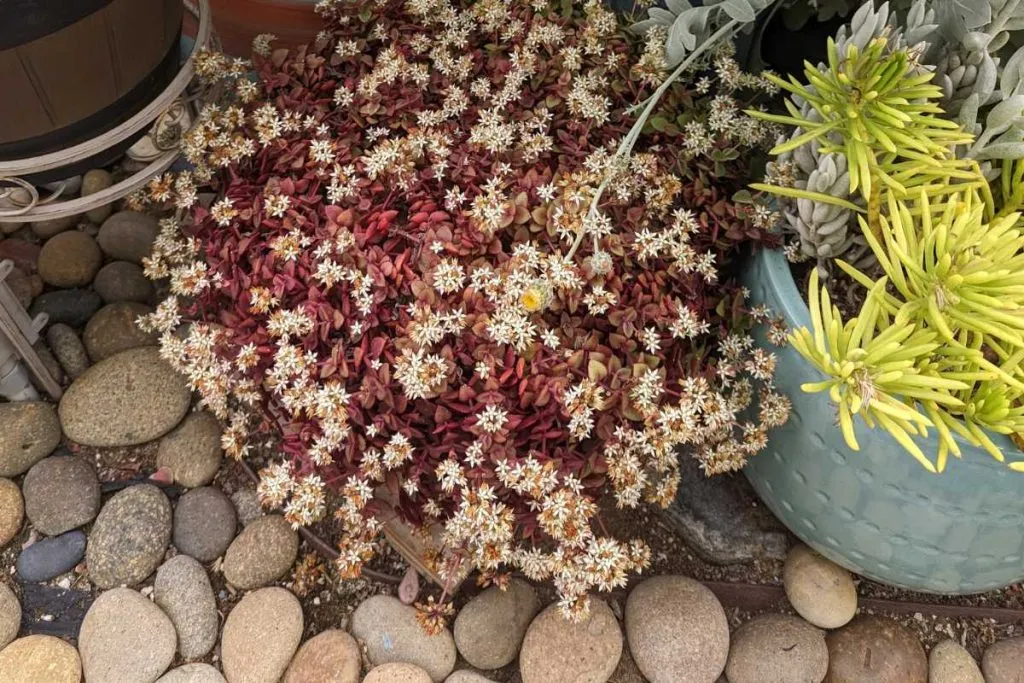
Cut to the Chase
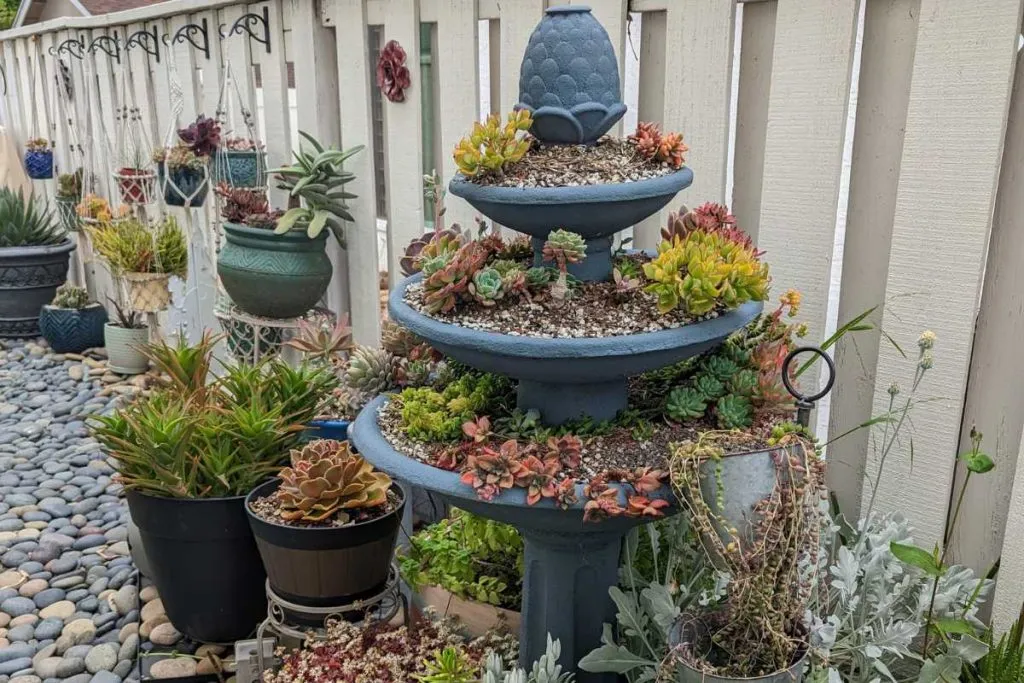
Why Prune Succulents?
Pruning your succulents is essential for several reasons:
Encouraging healthy growth
Regular pruning encourages new growth and prevents your plants from becoming too leggy or overgrown. By removing dead leaves and flowers, you’ll help your succulents focus their energy on developing healthy new growth.
Preventing legginess
Succulents can become leggy when they don’t receive enough light. Pruning leggy stems will not only make your plants look better but also encourage them to grow more compactly.
Propagating new plants
Did you know that you can use the cuttings from your pruned succulents to start new plants? This is a great way to expand your succulent collection or share the love with friends and family.
When to Prune Succulents
The best time to prune succulents is during their active growing season, which is typically in spring and summer. This allows the plants to recover more quickly from the pruning process. However, you can still prune during the winter months if necessary, but be sure to do so sparingly.
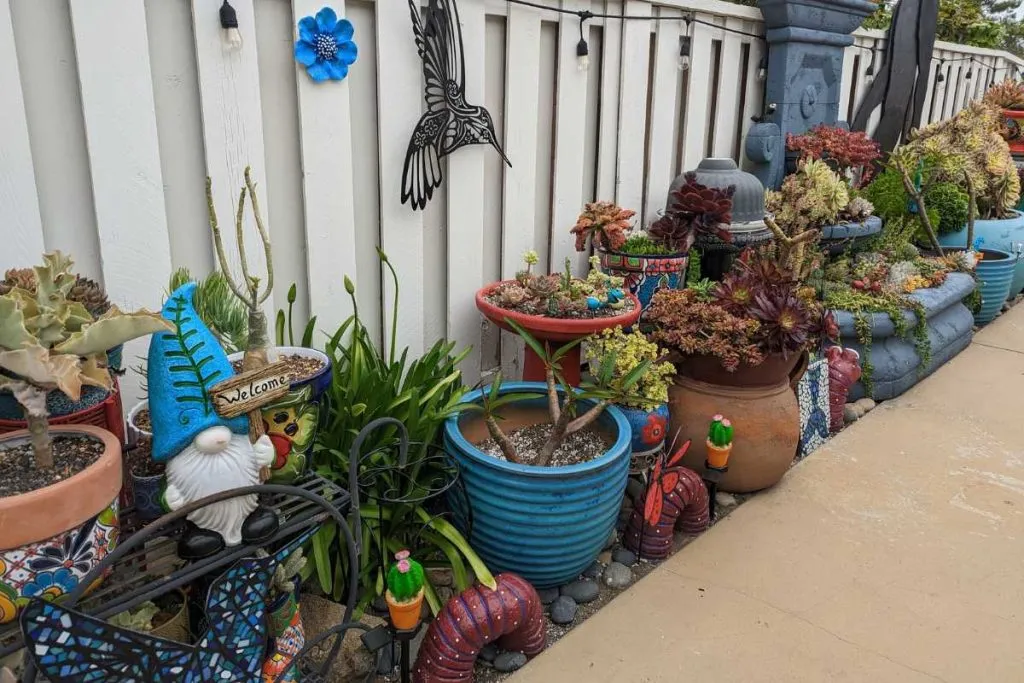
Tools You’ll Need
Before you begin pruning, make sure you have the right tools for the job:
- Sharp scissors or pruning shears
- A clean cloth or paper towel
- Rubbing alcohol (to sterilize your tools)
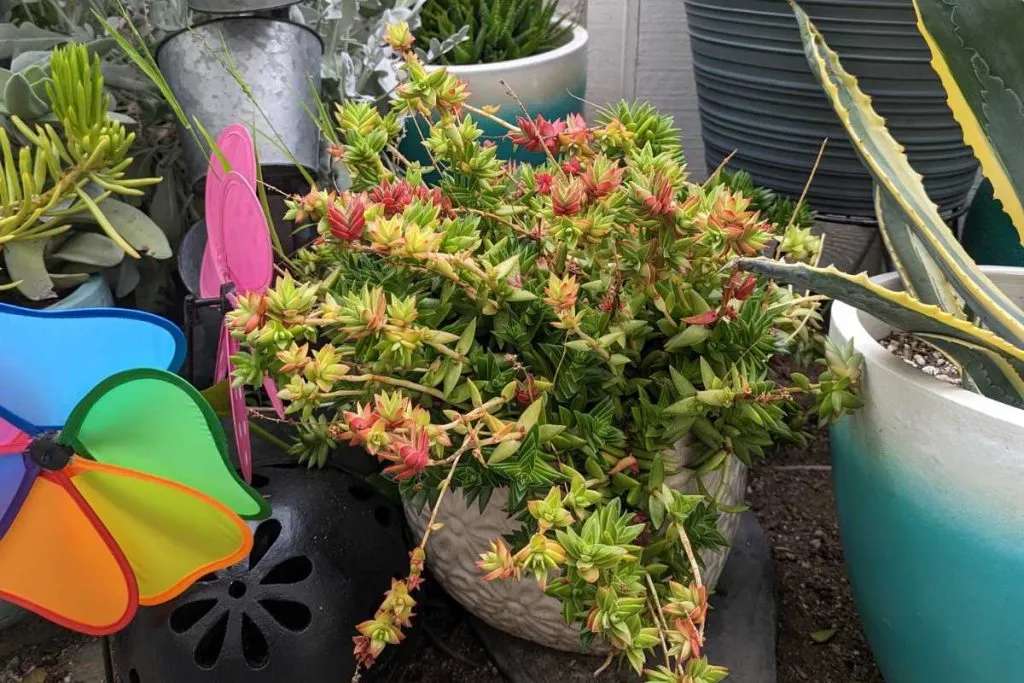
Basic Pruning Techniques
Now that you’re prepared, let’s dive into the three basic pruning techniques you’ll need to know:
Removing dead leaves and flowers
Gently remove any dead or yellowing leaves from the base of the plant. For dead flowers, cut the flower stalk as close to the main stem as possible.
Trimming leggy stems
To trim leggy stems, cut the stem at a 45-degree angle just above a leaf or bud. This will encourage new growth in a more compact form.
Pruning for shape
To maintain the desired shape of your succulent, selectively remove any stems or branches that are growing out of bounds.
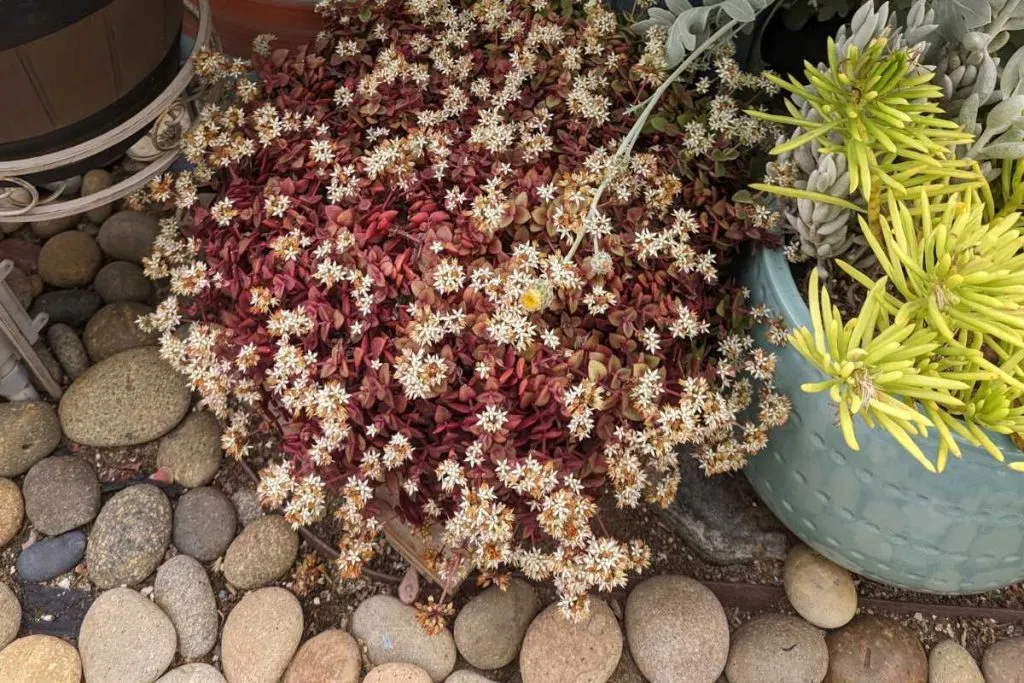
How to Prune Specific Succulent Types
Different types of succulents require slightly different pruning techniques:
Rosette succulents
For rosette succulents like echeveria, remove any dead leaves around the base and trim any leggy stems.
Trailing succulents
For trailing succulents like string of pearls, trim the stems back to the desired length, making sure to leave some healthy leaves behind for new growth.
Cactus
For cactus succulents, carefully remove any dead or damaged sections with a sharp, sterilized tool.
Deadheading Flowers in Succulents
Deadheading is the process of removing spent flowers from a plant. Not only does it improve the plant’s appearance, but it can also help prevent pest infestations and promote healthy growth. Deadheading is especially important in succulents, as their flowers can attract pests like mealybugs and spider mites.
There are two main ways to deadhead flowers in succulents: cutting the bloom stalks before they dry up or pulling them off once they’re fully dried out. If you choose to cut the bloom stalks before they dry up, the remaining part attached to the stem will completely dry out and can be easily pulled off.
Before Blooming
To deadhead a succulent, use a pair of clean, sharp scissors or pruning shears to cut the bloom stalk at the base, just above the leaves. Make sure to cut at an angle to prevent water from pooling on the cut surface, which can lead to rot.
After Blooming
If the flowers have already dried out, you can simply pull them off the plant with your fingers. Gently grasp the base of the dried flower and give it a gentle tug. If it doesn’t come off easily, it’s not ready to be removed yet.
Benefits of Deadheading
Deadheading should be done regularly throughout the blooming season to keep your succulent looking its best. It’s especially important to deadhead any flowers that have started to wilt orfade, as they can attract pests and sap the plant’s energy.
Remove Dead or Damaged Leaves While You’re Deadheading
In addition to deadheading, it’s also important to remove any dead or damaged leaves from your succulent. This can be done with a pair of clean, sharp scissors or by gently pulling the leaf away from the stem. Removing dead or damaged leaves can help prevent the spread of disease and promote healthy growth.
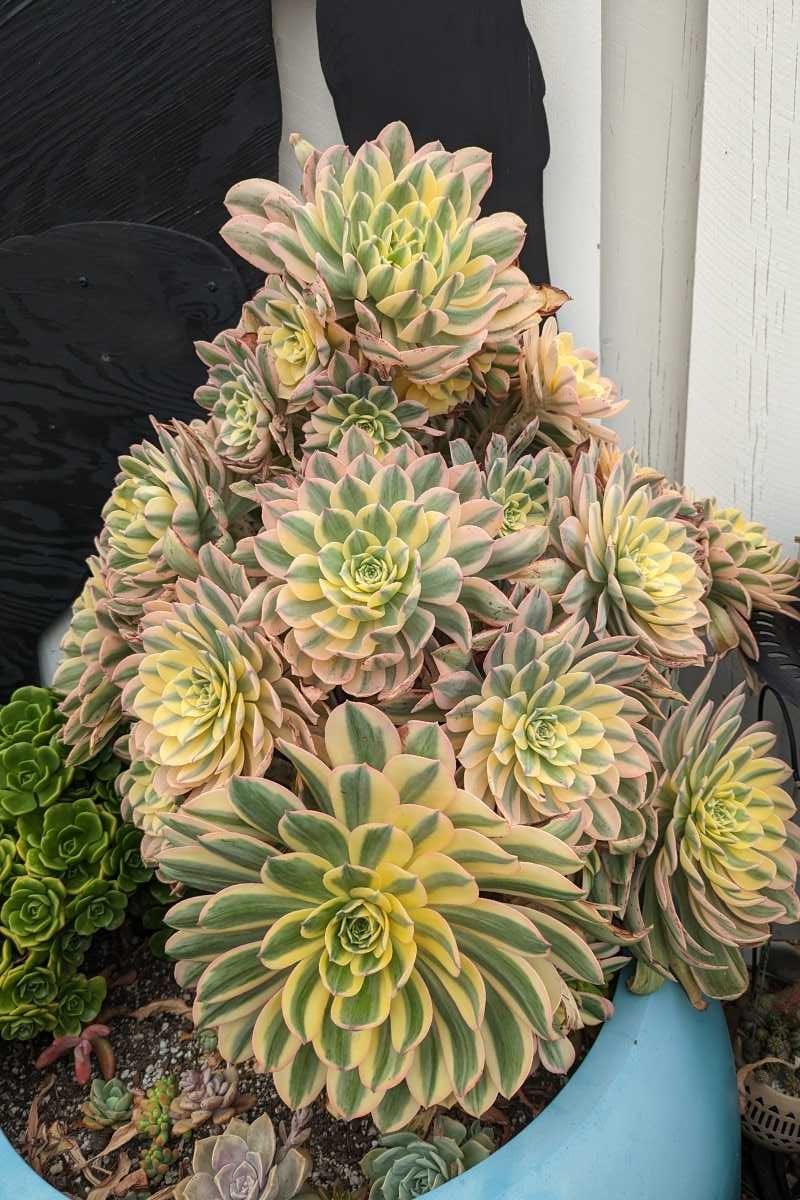
Repotting and Replanting Pruned Succulents
After pruning, you may need to repot or replant your succulents:
Preparing the cuttings
Allow the cuttings to dry for a few days to form a callus over the cut end. This helps prevent rot when you plant the cuttings.
Planting the cuttings
Place the callused cuttings in well-draining soil and water sparingly until they establish roots.
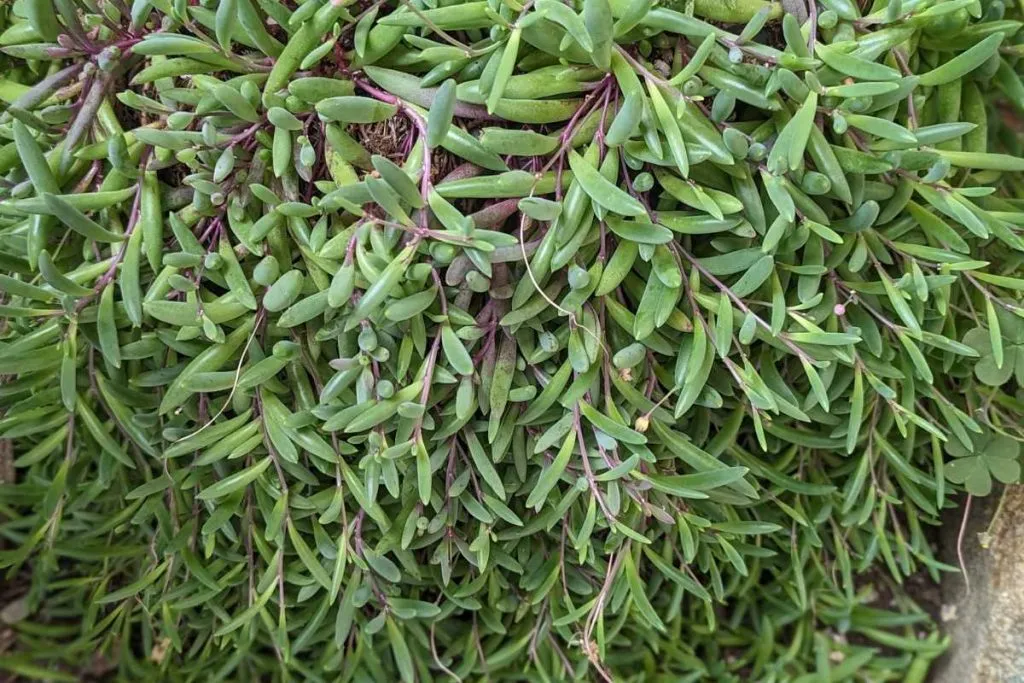
Winterizing Succulents
As winter approaches, it’s essential to prepare your succulents for the colder months. Reduce watering, and move any outdoor succulents to a sheltered location or bring them indoors if possible. Prune your succulents sparingly during this time, as they are in a dormant period and may not recover as quickly.
Pruning your succulents is a vital part of their care and maintenance. With the right tools and techniques, you can keep your plants looking their best while encouraging healthy growth and preventing legginess. By learning how to prune specific types of succulents and understanding how to repot and replant cuttings, you’ll be well on your way to becoming a succulent pro. Don’t forget to winterize your succulents as the seasons change, and you’ll have a thriving, beautiful collection all year round. Happy pruning!


